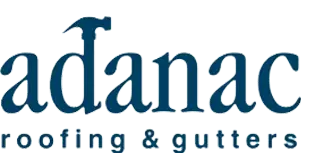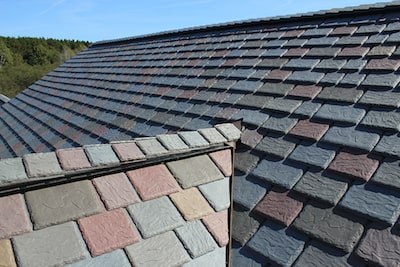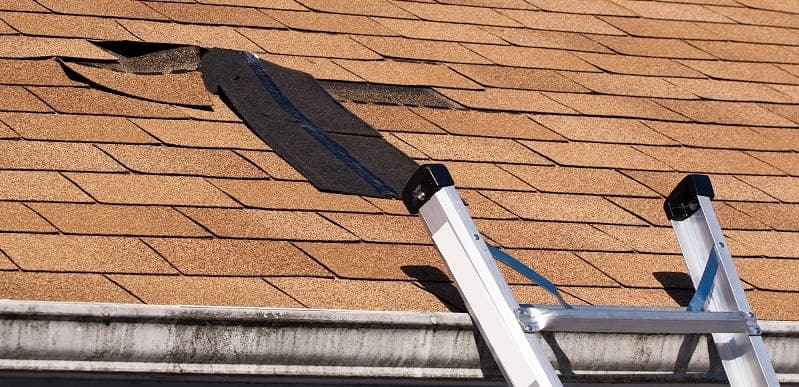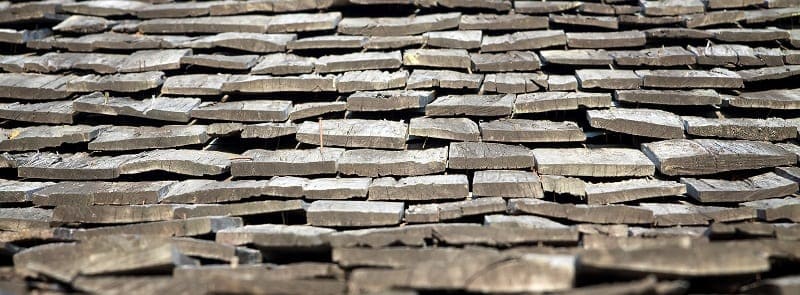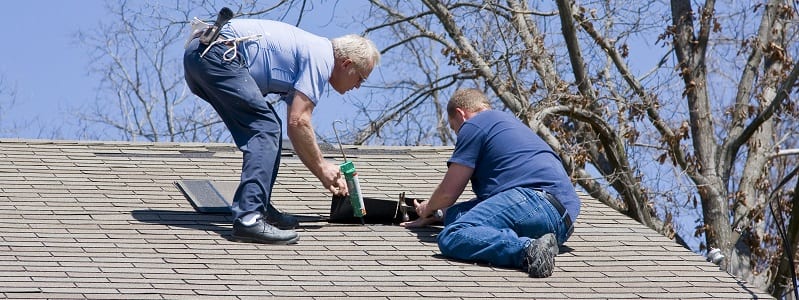All buildings have one thing in common – a roof. As we all know, a roof is used to protect our families from all that can be thrown at it. So it’s extra critical to understand the importance of what your roof is made of and why it might be on your roof.
The Different Types of Roofing Materials
There are several types of roofing materials. One of them could be what your roofs are made of. Here are some of them:
- Slate Shingles
- Fiberglass Asphalt Shingles
- Wood Shingles
- Concrete Roofing Tiles
- Metal Roofing
- Synthetic Shingles
That first one, slate, is what we’ll focus on in this blog post.
What is Slate?
Slate is a fine-grained, metamorphic rock derived from a shale-type of sedimentary rock composed of clay and volcanic ash. Slate is made for roofing slate, a type of shingle, as you’ve come to know already.
Slate has been used for hundreds of years around the world and are wonderful for life expectancy. This is because its water absorbency index is extremely strong at less than 0.4%, rendering it waterproof. Depending on what geographic region they come from, they can last for up to 50 years. Of course, a number of other factors can affect how long they last. These include original workmanship and the level of maintenance.
Slate shingles are very heavy and expensive to install and maintain. At the same time they are very natural looking. Due to their durability and strength they can withstand any weathering over time –water, freezing, wind storms or hail storms are a breeze for slate shingles.
What is the Appeal of Slate Shingles?
Homeowners are drawn to slate shingles due to their natural beauty and appearance. They come in various colours, gray, green, purple, black, red, and multicoloured.
For dry areas, or where fires are common slate shingles are completely fire proof as they are made from natural stone (slate), and protect from airborne sparks. This is a huge safety feature for families and individuals.
Due to their natural construction, slate shingles do not end up in landfills and have a long life expectancy, unlike asphalt shingles that add 5% of waste to the landfills which is harming our planet over time.
Slate also greatly increases the resale value of your home. Its durability and aesthetic appeal are valuable in the eyes of prospective homebuyers.
Other Things to Consider about Slate Shingles
When you are having your roof installed, make sure you inquire about the roofer’s experience as poor installation can be even more costly when done incorrectly or lazily. No one wants to have to go through the process of having it done again. We’ll be the first to tell you – a lot of our jobs are from people who had their roofs done poorly by someone else and need a reputable roofer to get it done right.
Another important aspect to consider before installation, is the structure of your building. Is your structure sturdy enough to hold the roof? Slate shingles weigh anywhere from 800-1500 pounds per 100 square feet.
If you have any work that needs to be done by external companies that require the need to be on the roof (cable, power washer etc.), slate poses a safety risk. Why? Because not all are trained to walk on a slate roof, which means you are liable if anything happens. So it’s extra important that you vet any external contractors you use.
Lastly…
So we hope that this answers why slate is so commonly used on roofs, especially here in rainy Metro Vancouver. While I see lots of cedar shake roofs, I see slate roofs quite a bit in the Langley and Surrey areas. It’s commonly used. It’s durable. It’s beautiful. It works.
If you’ve got any questions, please ask and we’ll aim to answer them right away.
